Yesterday, we looked at the steps construction employers and workers can take to mitigate the health risks caused by wildfire smoke. Today, we examine what construction employers and workers can do to prepare and protect their sites.
Famed American inventor and statesman Benjamin Franklin once said, “If you fail to plan, you are planning to fail.”
Construction employers and workers – especially those in Western Canada who find themselves increasingly at risk due to wildfires – might be wise to heed those words of wisdom.
With wildfires more commonplace, the British Columbia Construction Safety Alliance (BCCSA) is advising companies in the industry to have a fire safety plan in place before a wildfire occurs.
The association notes wildfires can quickly spread from the forest to a project site, so it’s important to draft a plan well in advance to ensure all workers are prepared and up to speed on what to do in the event of an emergency.
“The fire safety plan ensures that you always have the appropriate fire extinguishers, that fire separations are in place and the fuels are in the right location,” says Erin Linde, director of health and safety services at the BCCSA. “Your plan ensures your emergency preparedness is up to date.”
The BCCSA recommends fire safety plans should be updated every four months at a minimum, emergency procedures should be frequently reviewed with workers and drills should be conducted at least annually.
Companies also should have an inventory of what is required to fight a fire and where the equipment is located. Exit signs and emergency lighting inside a building should conform with the B.C. Building Code and fire alarm systems must be kept in good working condition.
The plan should also establish roles and responsibilities and determine who will monitor wildfire activity and evacuation alerts, orders and industry restrictions as fire conditions can change quickly, the BCCSA notes.
The individual assigned to monitor activity should also know the response time of the nearest fire department. In rural areas companies should know how to access local water supply.
If there is a wildfire in an area and an evacuation order or alert is issued, Linde says the individual assigned to monitor the activity should ensure workers are also aware of the alert, start preparations for a possible evacuation and make sure the site is secured if it is evacuated.
Meanwhile, it is critical for construction workers at a site to know where equipment such as fire extinguishers are stored, what their responsibilities are, and how to dispose of garbage and fuel.
The BCCSA has produced a document titled Protecting Construction Sites from Wildfires that provides a rundown.
According to the association, fire extinguishers should be accessible and owners have an obligation for the care and use of all the extinguishers. Garbage disposal containers must be kept closed when not in use and be located at least three metres from combustible buildings.
If a site is near a forested area, any fuel should be removed from the edge of the tree line. Parking requirements should ensure vehicles with potentially hot exhausts are not near grasslands.
The BCCSA, meanwhile, suggests it would be worthwhile to establish a designated smoking area within or immediately adjacent to a building project, with a safe disposal receptacle filled with water or sand as there is often grass or foliage near construction sites.
Linde advises project owners reduce clutter and suggests fire drills be a critical component of any fire safety plan.
“Companies have to ensure site personnel are trained so they know what to do in a wildfire and where to go. It is very critical that people know what to do so there is no confusion or freaking out.”
Linde recommends contractors contact fire officials and do a walk-through of their construction site ahead of any emergency.
“It doesn’t hurt to contact your local fire department and say, ‘Hey, would you be able to do a walkthrough? Do you have any tips or advice?’ Maybe in those remote locations different requirements are needed so I think it is a good idea to have a relationship with your fire department.”
In the event a wildfire is approaching, Linde says it is essential to heed the instruction of fire officials.
Companies should also be cognizant of where the wildfires are, how big they are and what roads are to be used if an evacuation is necessary, she says, and, if an alert is issued, they need to make sure workers are aware of the notice, that people have the necessary supplies to evacuate, and arrange transportation to be available and ready if workers must evacuate at short notice.


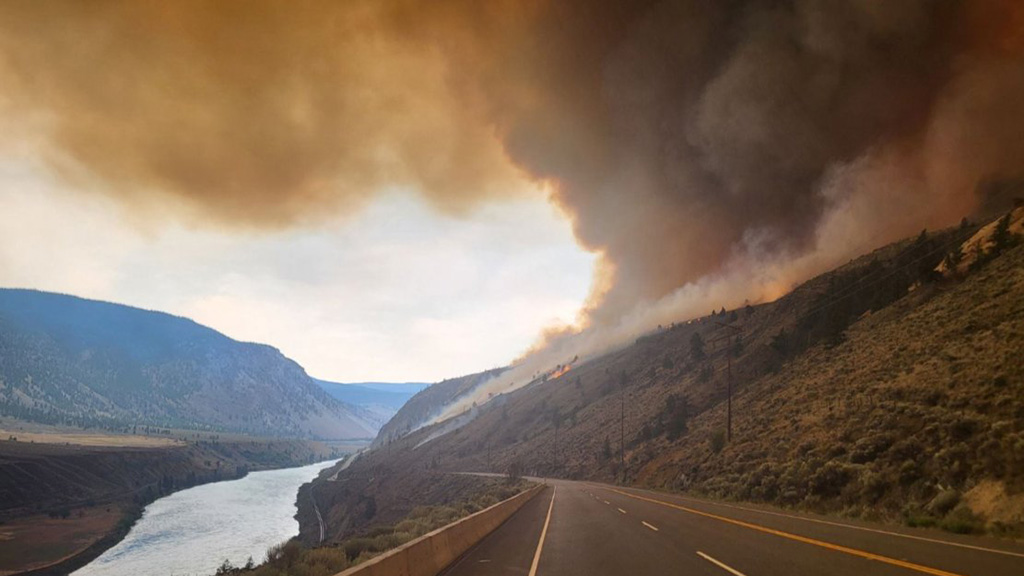

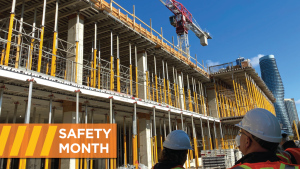
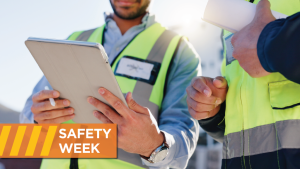
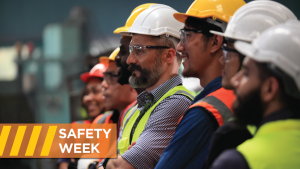

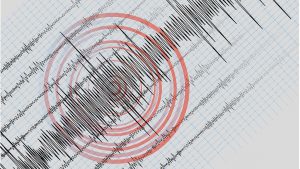
Recent Comments